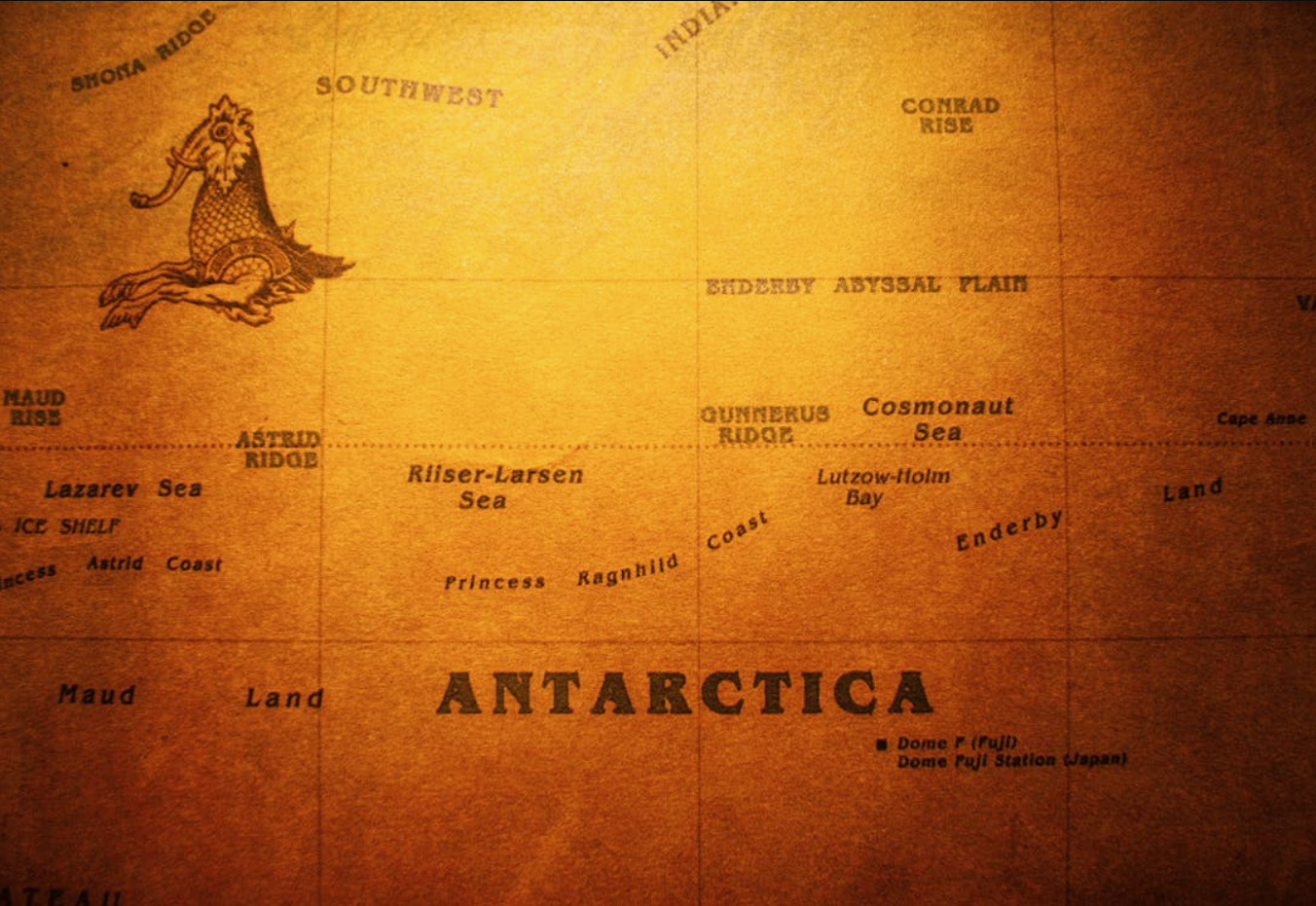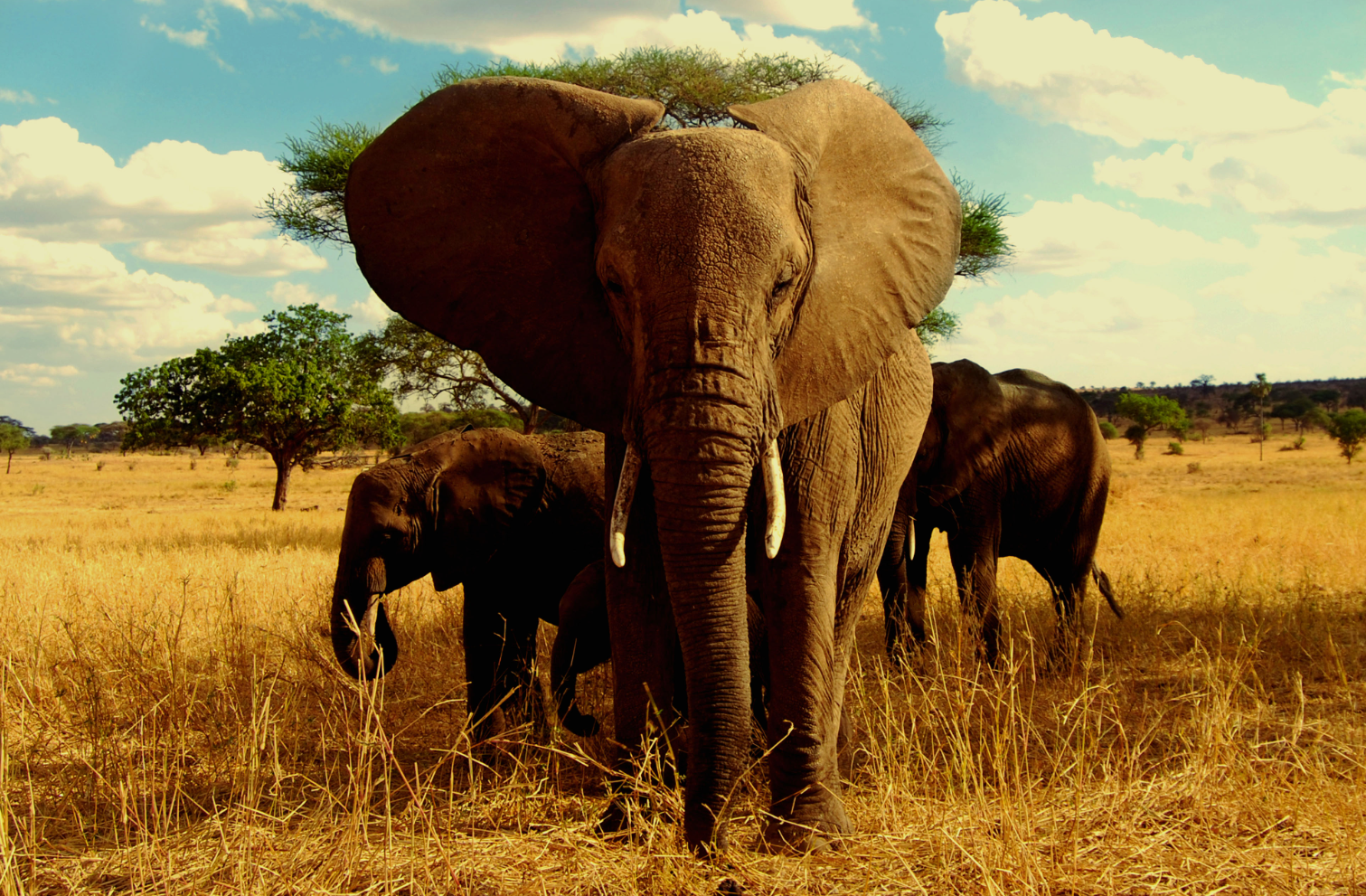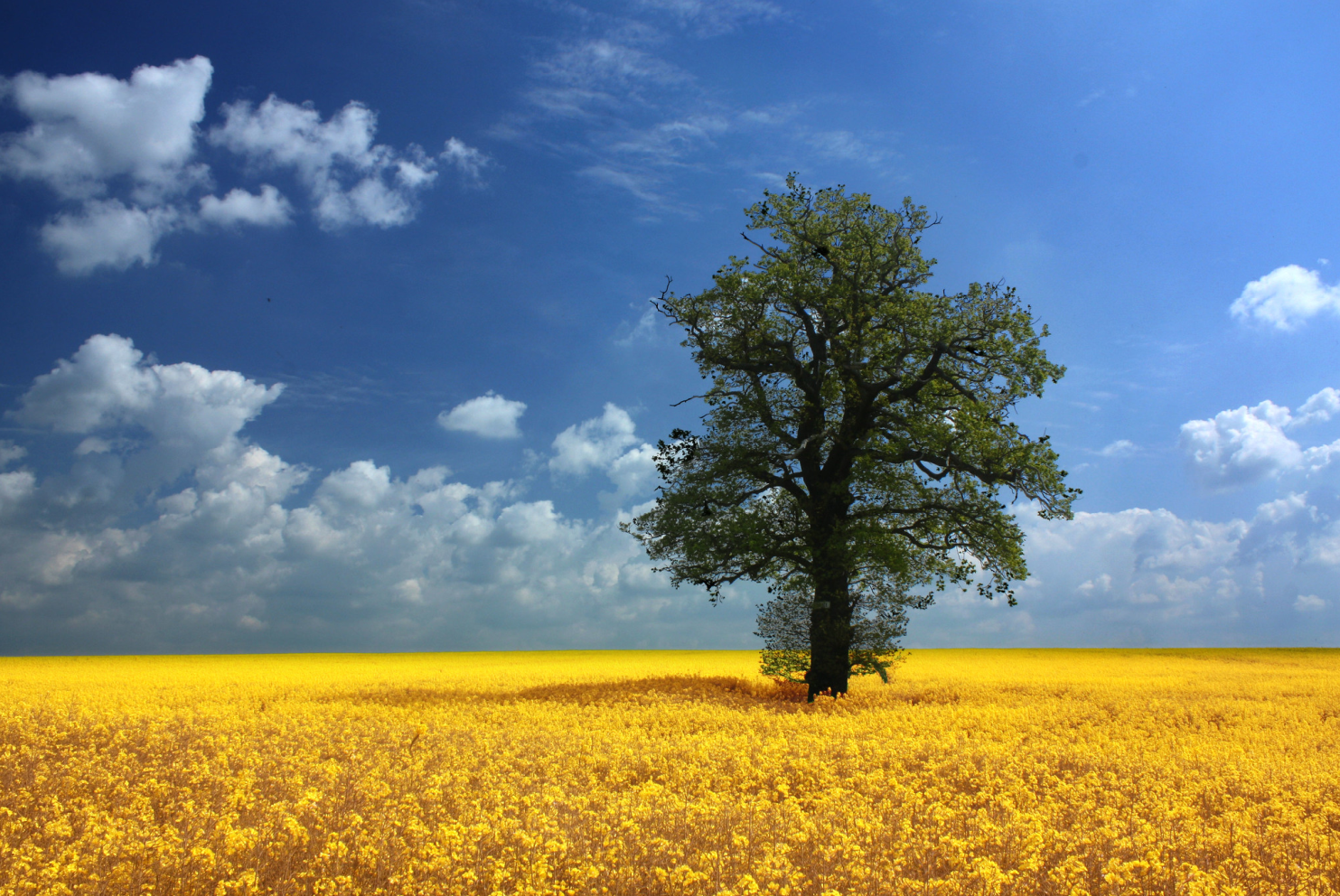
Operation IceBridge and One Big Iceberg
NASA has a collection of photos and videos from it’s Operation IceBridge flights over Antartica that are available to look through. Check out the link at the bottom of this post.
Operation IceBridge uses specially designed aircraft to take video and photographs of “Earth’s polar ice to better understand connections between polar regions and the global climate system. IceBridge studies annual changes in thickness of sea ice, glaciers and ice sheets.” Source: https://www.nasa.gov/mission_pages/icebridge/index.html
One of the more interesting finds during our tour through the Flickr site was the shot below of a tabular iceberg. For scale, it’s been estimated that “the iceberg is in the ballpark of 130 feet tall and anywhere from a mile or two long. If you total the tons of ice [it contains], it would fill every swimming pool in California several times over…”. Source: National Geographic
National Geographic reports from NASA that the “iceberg’s sharp angles and flat surface indicate that it probably recently calved from the ice shelf.” Source: https://www.nationalgeographic.com/environment/article/this-iceberg-is-perfectly-rectangular-explained
Quick facts compliments of the British Antarctic Survey:
-Antarctica is the coldest, windiest and most remote continent on Earth
-There are no native peoples in Antarctica
-There are no polar bears in Antarctica
-There are about 5 million penguins in Antarctica
-Eighteen countries operate year-round scientific research stations
-During the Antarctic summer as many as 10,000 scientists and support staff work there – but only about 1000 in winter
-Each year around 40,000 tourists visit the icy continent
-Antarctica is a continent for science
-The Antarctic Treaty designates the continent as a ‘natural reserve, devoted to peace and science’
-Captain Cook was the first person to circumnavigate the continent in the 1770s
-Scott and Shackleton undertook purely scientific expeditions – a tradition which continues to the present
-British Antarctic Survey has carried out most of the UK’s Antarctic research for over seventy years
-The discovery of the spring-time Antarctic ozone hole in 1985 changed the world when the Montreal Protocol ban CFCs and halons in 1987
-By 1993 most of the ozone over Antarctica had disappeared
-Scientists expect the ‘hole’ to disappear in about 100 years if the world complies with the Montreal Protocol
-The scale of Antarctic science is immense – from insects and microbes studied under the microscope – to the continent-sized ice sheet best appreciated from satellite imagery
-Antarctic science is crucial for understanding how the Earth operates as a global system
-Antarctica is a significant driver of global climate
-Antarctic marine and lake sediments reveal the regional pattern that is a key to unravelling global changes.
-The continent contains unique ice core records that have unprecedented detail about the causes and results of climate change
-The inland Antarctic ice sheet is up to 4 km thick
-The Antarctic is the ultimate icy wilderness
-Only 0.6% of Antarctica is free of ice
-The ocean surrounding Antarctica provides a virtually impenetrable barrier of sea ice which in winter covers an area around one and half times the area of the continent
-In global terms 90% of the world’s ice is located in the Antarctic
-The purity of Antarctic ice is unmatched anywhere else in the world
-The Antarctic has not always been totally icy
-When dinosaurs roamed and hibernated through the long polar winter there was enough vegetation to sustain them
-Whilst the Antarctic landmass is icy-covered and barren, the surrounding ocean is biologically rich
-Whales seals and sea birds are important parts of the ecosystem
Check out NASA’s Flickr account here: https://www.flickr.com/people/nasa_ice/
Easter Egg #1: Tour of the Admundsen-Scott South Pole Station
Easter Egg #2: Tiny home living in Antarctica



